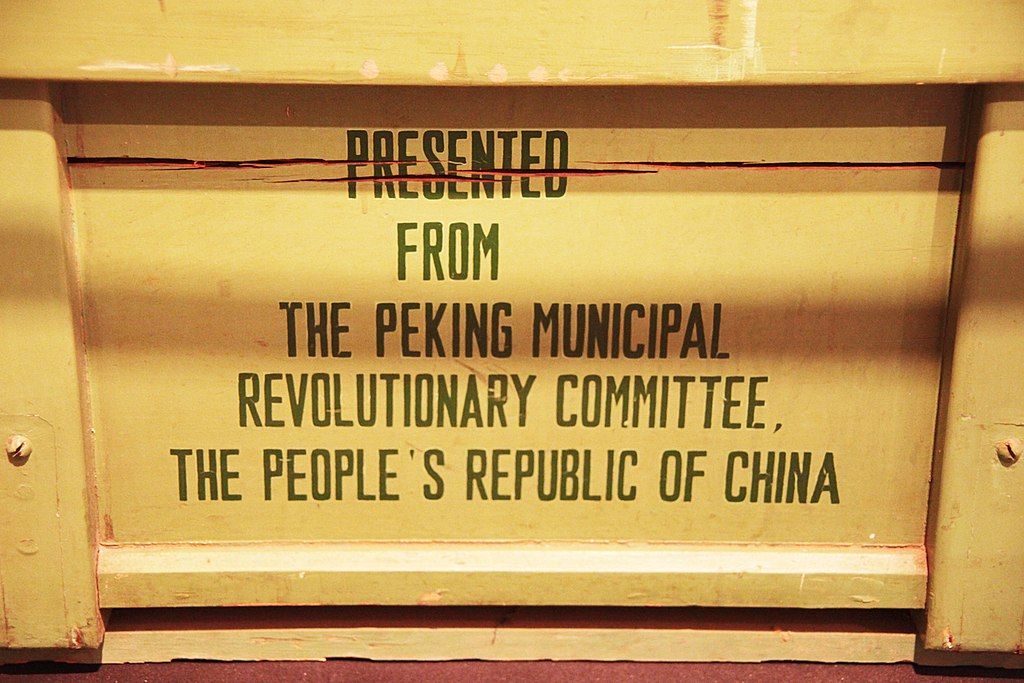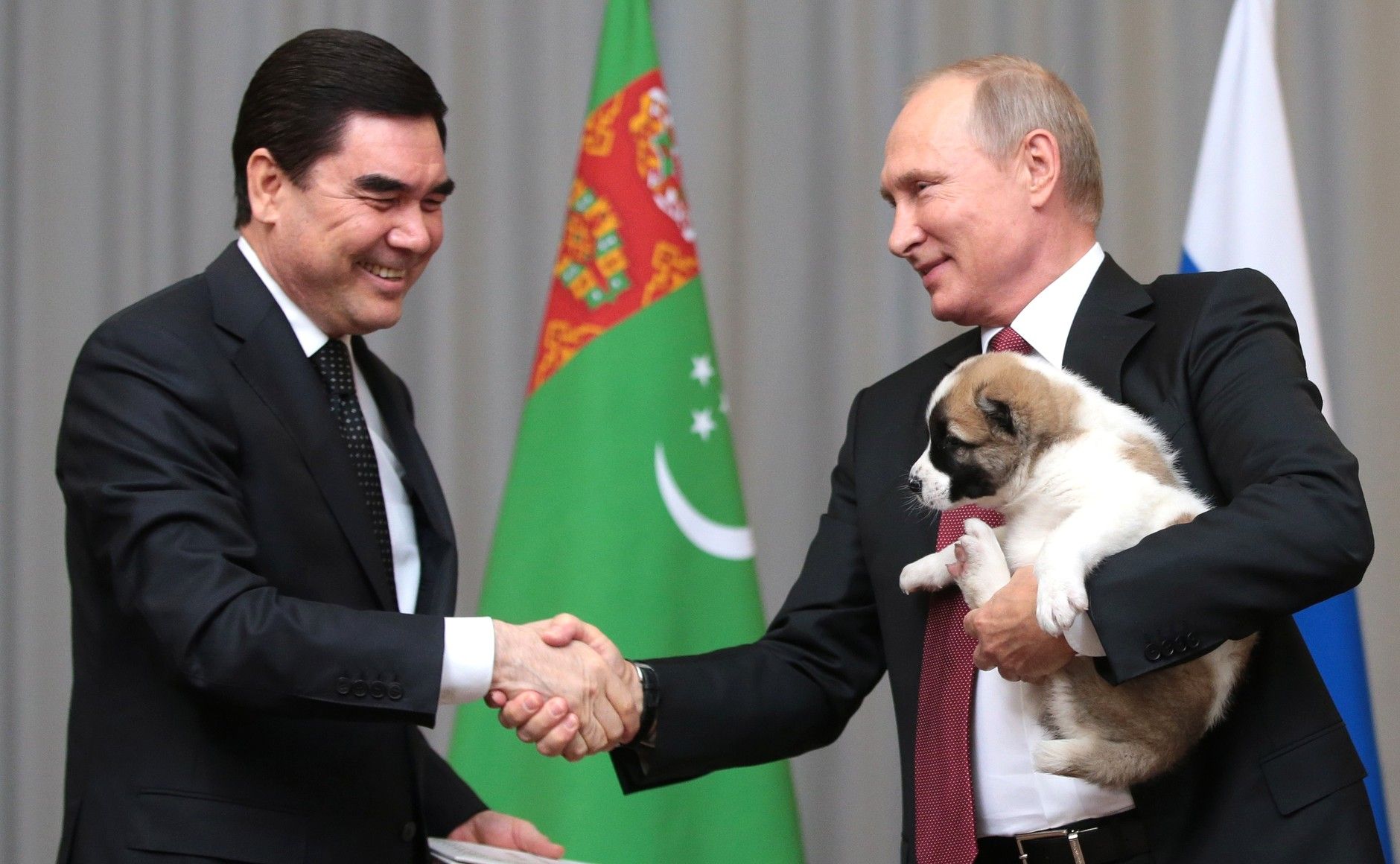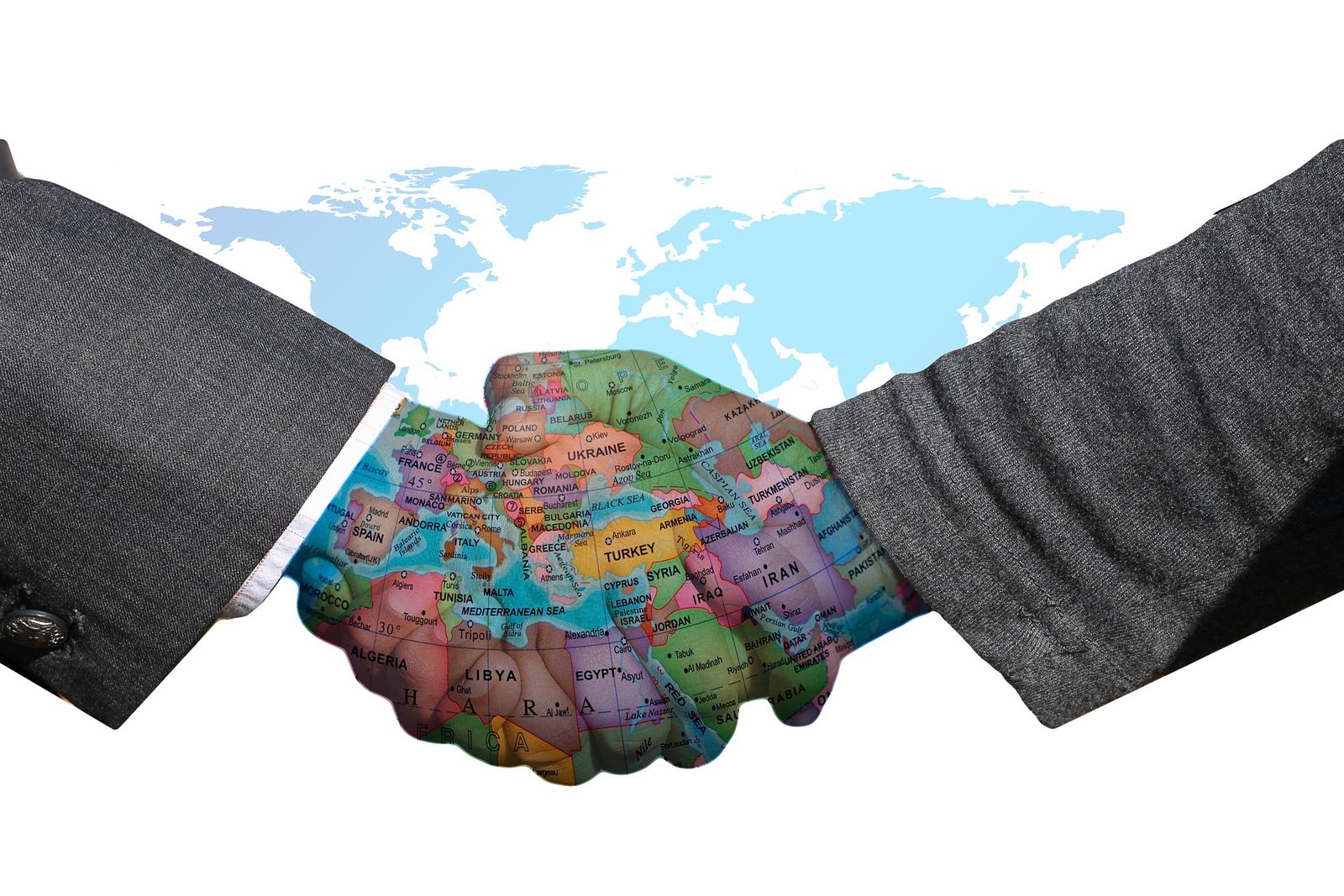Diplomacy comes in many different forms, but one in particular is often forgotten: the long standing tradition of state officials exchanging gifts. These gifts, meant to “welcome, honor and cultivate beneficial diplomatic relationships,” come in many shapes and sizes, but often emphasize the workmanship of local businesses, historical craftsmanship, or local luxuries and materials. Sometimes surpassing the ordinary and often requiring stringent accountability, they make us question the role of diplomatic performance, the effectiveness of government oversight, and the impact of symbolism.
Tracing Origins
This tradition of gift-giving between heads of state is a long-established practice which continues to represent peaceful diplomatic relations. The earliest record of a diplomatic exchange of this kind features engraved stone vessels from Egypt given to their Hittite neighbors. Later, gifts between European ambassadors and the Ottoman Empire, while for the most part involving textiles, also notably included clocks and timepieces. Gift-giving between European monarchies was also unique as it was realpolitik: receiving objects became a manner of securing, or maintaining, a favorable position with a diplomatic counterpart or adversary based on the value of the gift.
Starting in the 1950s, the Chinese government began sending pandas to their communist allies, and later to other foreign governments, in a process that became known as panda diplomacy. Beneficiaries of this practice included the United Kingdom, the United States, Malaysia, and Taiwan. However, these well-intentioned living gifts do not always result in improved relations: in 2013, the government of Mali gifted French President François Hollande a camel, which, left in the care of a local family, was embarrassingly slaughtered for a feast in an unexpected mishap. Such errors bring shame to gifting or gifted countries, complicating diplomatic relations.
In places such as the United States where the goal of diplomacy is to promote “security, prosperity, democracy, and economic development,” gift exchanges may seem an unusual tactic, yet the tradition maintains a place in international relations today.

The Essence of a Nation?
While many issues can arise from exchanges, reasons behind the permanence of gift-giving in international relations often come down to a gift’s symbolic value. Indeed, these gifts can capture “the essence of a nation” by allowing the promotion of domestic brands and cultural craftsmanship at the highest levels of government and public relations. For the Asia-Pacific Economic Cooperation (APEC) of 2021, New Zealand, the virtual host during this pandemic year, gifted attendees with handcrafted woolen laptop sleeves, carved wooden wakas (canoes) crafted from local timber and paua shell, pendants or cufflinks, and a pounamu pendant of precious jade in a symbolic Maori shape, among other gifts, all dependent on the guest’s attendance. These gifts, crafted by local businesses, provided global exposure and insight into New Zealand’s culture among the world’s diplomats, an opportunity that proves rare to come by.
Aside from their cultural aspect, gifts can also be used by diplomats to express appreciation for unsung heroes: while serving as Secretary of State, Condoleezza Rice gave away porcelain boxes decorated with a portrait of Sojourner Truth, an American abolitionist and women’s rights activist who escaped from slavery before fighting for others to do the same.
Gifts can also develop into long lasting symbols of unity. The Statue of Liberty, an iconic image in the American national narrative, fits into this category. Gifted from France to the United States in 1886, it now not only stands as a symbol of friendship between the two countries, but also as a “universal symbol of freedom and democracy.” As such, these gifts have the potential to hold tremendous symbolic value.
The Law and Bureaucracy
Diplomatic gifts can indeed offer a lasting, positive image of allyship. However, they also involve extremely complicated bureaucratic processes. These problems can arise within legal frameworks, for example, in the United States, where the process of gift-gifting is highly regulated, with required disclosure and strict examination of all received items. This regulation process comes with systemic complexities. The history of the country’s measures can be traced back to the Dutch Republic in 1651, which, aware of the potential for bribery and influence by these gifts, adopted stringent policies against receiving any sort of object or compensation from foreign governments. The Founding Fathers, inspired by this measure and equally worried about gift-giving from European nations undermining United States power, included the emoluments clause in the United States constitution. This clause hoped to limit bribes and aristocratic practices and was modeled off of the Dutch Act. Much later, confusions arising from the clause led to the Foreign Gifts and Decorations Act of 1966, which prevented officials from soliciting or accepting gifts and decorations from foreign governments, unless that refusal were to affect relations or embarrass the donor and unless that gift is of minimal value, set at below $415, which the government agent must pay. In the first conditional case, the government official may then accept the gift on behalf of the country, later handing it over to an agency. Another law of note is the Freedom of Information Act, which in this case should promote the disclosure of these transactions and the processing of foreign objects.

Although these rules seek to create stringent accountability, they can, in fact, fall short of doing so. Most recently, a State Department Investigation failed in recovering a US$5,800 bottle of Japanese whiskey and other expensive items missing from the vault in which the US Government keeps diplomatic gifts. Many of these missing objects were prepared by the Trump administration for the G-7 Summit that was canceled due to the COVID-19 pandemic, although the bottle of whiskey was allegedly given to Mike Pompeo by the Japanese government in 2019.
Aside from bureaucratic problems, diplomatic gifts also present an interesting debate over international and domestic regulation. During Donald Trump’s first presidential trip abroad, the president received many gifts conflicting with domestic federal laws and regulations: the royal family of Saudi Arabia offered, among other items, robes that appeared to be made from tiger and cheetah fur, along with a dagger with an ivory-looking handle. These possessions would all violate the Endangered Species Act. What followed was little more than a bureaucratic nightmare as the administration failed to fully disclose the items before handing them over to the General Services Administration. As these gifts included potential animal-derived materials, they were to be handed instead to the US Fish and Wildlife Service. The mishandling of these items only highlights the issues posed by a lack of legislation and a lack of effort by the Trump administration to follow through on guidance and best practices. In addition to this, the illegal nature of the gifts also creates an ethical grey area: state officials must navigate between diplomatic responsibility and domestic legal limits, in this case opting for a diplomatic image.
Striking a Balance
The practice of diplomatic gift-giving overall requires striking a balance; this tradition holds potential for both showing off the cultural and material richness of a country and for being a performative, diplomatically-sensitive action. In the case of the Saudi furs given to former president Trump, what seemed to be rare and controversial objects turned out to be fake. In effect, this revealed a mixed message: the Saudi family both undermined their wealth while inadvertently respecting US law on animal protections. Regardless, the investigative process used up government time and resources that may have been better spent elsewhere.
Perhaps at the root of this norm lies our affinity for gifts and gifting to others. Diplomatic gifts may not be, after all, much different in intent or expectation than birthday gift-giving or any other holiday present. However, given the complicated processes and interactions that they require and the wealth they represent, it may be worth exploring their place among countries attempting to promote democratic and meritocratic values, as well as re-evaluating best practices.





